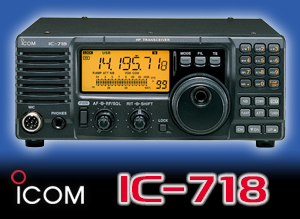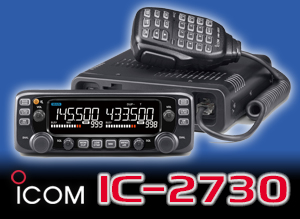Propagation News – 29 September 2024
Solar activity is back to moderate levels with an M3.7 solar flare detected on 22 September. Newly assigned AR 3835 in the south-east quadrant is the main source, and the event looks to have thrown a stream of plasma into space.
The latest model suggested a possible passage near our planet by the 25th and it looks like the prediction was correct. The Space Weather Prediction Center issued a G1 geomagnetic storm watch, and visible aurora may be likely at very high latitudes. Expect maximum useable frequencies (MUFs) to decline if the Kp index is above four or five.
Other than a large number of C-class solar flares in the past five days, this was the biggest eruptive event to occur.
The solar flux index had declined to 172 on Wednesday, the 25th, but is unlikely to decrease much further. Note that nearly all the sunspots are in the Sun’s southern hemisphere at the moment.
Meanwhile, daytime MUFs over a 3,000km path are now consistently over 28MHz under quiet geomagnetic conditions. This is good news for fans of the 10m band. Nighttime MUFs over 3,000km are around 14 to 16MHz, so it looks like we may soon lose the 24 hour DX openings on the 20m band, which are prevalent in the summer months.
Increasing solar proton flux at the moment means paths over the Arctic Circle may be compromised.
Daytime critical frequencies remain over 8MHz and often reach nearly 11MHz, so NVIS communications around the UK on the 40m band remain commonplace but may disappear later in the evening.
NOAA predicts that the solar flux index will increase next week but may not reach the 200s. Keep an eye on solarham.com for daily updates.
VHF and up propagation news from G3YLA and G4BAO
The present run of unsettled weather has become firmly established, and although many parts of the country have not seen the torrential rain and flooding of last week, there will be some rain at times in most parts of the country during the first week of October.
There are a couple of brief periods in the models when a weak ridge of high pressure is due to cross southern areas, but these are not seen as great for tropo.
The week beginning Monday, 30 September sees at least two major lows pass close to northern Britain. One occurs as this weekend draws to a close, and there may be another one later in the week. These types of changeable patterns are notorious for problems with detailed predictions beyond a few days, although the general weather type is well forecast.
Just a reminder that strong wind events at the end of a long summer can be a big shock to antennas, so now is a very good time to check that all is well in the guying department.
Having discounted tropo as an option, the obvious choice will be rain scatter on the GHz bands, but some of these events may produce very fast-moving echo sources. So, it could be quite a challenge although last week saw plenty of good rain scatter conditions.
Meteor scatter is again largely dependent upon random meteors, with just a couple of lesser showers—the Kappa Leonids and Sextantids—which see out the end of September.
The auroral situation continues to provide some excitement, and the autumn months are a good time of the year for such things.
For EME operators, Moon declination is still positive until Tuesday evening, so Moon visibility windows are shortening. Path losses are high with apogee next Wednesday, 2 October. Thursday, the 3rd, sees near-eclipse conditions when the Sun and Moon are close in the sky, meaning high noise with wider beamwidth antennas. 144MHz sky noise is, in general, low for the rest of the week.
Category: GB2RS Propagation News











